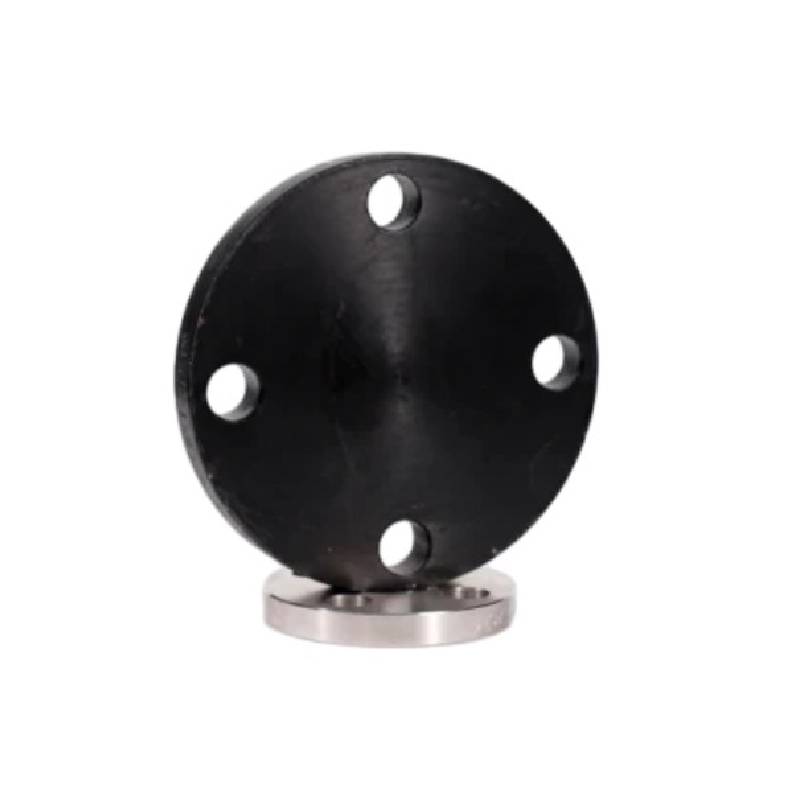-
Cangzhou Yulong Steel Co., Ltd.
-
Phone:
+86 13303177267 -
Email:
admin@ylsteelfittings.com
- English
- Arabic
- Italian
- Spanish
- Portuguese
- German
- kazakh
- Persian
- Greek
- French
- Russian
- Polish
- Thai
- Indonesian
- Vietnamese
- Zulu
- Korean
- Uzbek
- Hindi
- Serbian
- Malay
- Ukrainian
- Gujarati
- Haitian Creole
- hausa
- hawaiian
- Hebrew
- Miao
- Hungarian
- Icelandic
- igbo
- irish
- Japanese
- Javanese
- Kannada
- Khmer
- Rwandese
- Afrikaans
- Albanian
- Amharic
- Armenian
- Azerbaijani
- Basque
- Belarusian
- Bengali
- Bosnian
- Bulgarian
- Catalan
- Cebuano
- China
- China (Taiwan)
- Corsican
- Croatian
- Czech
- Danish
- Esperanto
- Estonian
- Finnish
- Frisian
- Galician
- Georgian
- Kurdish
- Kyrgyz
- Lao
- Latin
- Latvian
- Lithuanian
- Luxembourgish
- Macedonian
- Malgashi
- Malayalam
- Maltese
- Maori
- Marathi
- Mongolian
- Myanmar
- Nepali
- Norwegian
- Norwegian
- Occitan
- Pashto
- Dutch
- Punjabi
- Romanian
- Samoan
- Scottish Gaelic
- Sesotho
- Shona
- Sindhi
- Sinhala
- Slovak
- Slovenian
- Somali
- Sundanese
- Swahili
- Swedish
- Tagalog
- Tajik
- Tamil
- Tatar
- Telugu
- Turkish
- Turkmen
- Urdu
- Uighur
- Welsh
- Bantu
- Yiddish
- Yoruba

Sep . 28, 2024 22:09 Back to list
Current Trends in Welding Pipe Pricing and Market Analysis
Understanding the Factors Influencing Welding Pipe Prices
Welding pipes are an essential component in various industries, including construction, oil and gas, and manufacturing. Their prices can fluctuate based on a myriad of factors, which can create challenges and opportunities for businesses looking to procure these materials. This article delves into the key factors influencing welding pipe prices, the market trends, and considerations for purchasing.
1. Material Composition
The price of welding pipes is heavily influenced by the type of material used. Common materials include carbon steel, stainless steel, and alloy steel. Each material has its own properties and price points. For instance, stainless steel pipes, which offer resistance to corrosion and high temperatures, tend to be more expensive than carbon steel pipes. The raw material costs thus play a significant role in determining the final price of the pipe.
2. Manufacturing Processes
The method used to manufacture welding pipes also affects their pricing. Pipes can be produced through processes such as seamless, welded, or fabricated methods. Seamless pipes, which are made from a solid block of material, typically command higher prices due to their manufacturing complexity and superior strength. In contrast, welded pipes, which are made from flat steel plates and welded together, are generally less expensive. Understanding these manufacturing processes can help businesses make informed decisions based on their needs and budget.
3. Global Market Dynamics
The global economy greatly influences welding pipe prices. Factors such as supply chain disruptions, trade tariffs, and political instability can lead to fluctuations in prices. For example, during periods of high demand—such as in a booming construction phase—prices can rise due to increased competition for materials. Conversely, in times of economic downturns, prices may drop as demand decreases. Therefore, keeping an eye on market trends is crucial for businesses that rely on welding pipes.
4. Geographical Considerations
welding pipe price

Location plays a vital role in pricing as well. The cost of transporting pipes from manufacturing facilities to end users can add significantly to the overall expense. Additionally, some regions have stricter regulations regarding pipe standards and certifications, which can also influence prices. Buyers should consider these geographical nuances when sourcing welding pipes to avoid unexpected costs.
5. Demand vs. Supply
The classic economic principle of demand versus supply is particularly relevant in the welding pipe market. The construction industry, which utilizes a vast quantity of welding pipes, is subject to seasonal fluctuations. For instance, during peak construction seasons, the demand for pipes often surpasses supply, leading to increased prices. Conversely, during off-peak seasons, there may be an oversupply, causing prices to fall. Understanding when to purchase can enable businesses to capitalize on these fluctuations.
6. Quality Standards and Certification
High-quality welding pipes often carry a premium price due to the rigorous testing and certification processes they must undergo. Pipes that meet international standards (such as ASTM, ASME, or ISO) provide assurance of durability and performance, making them more desirable. Companies might choose to invest in higher-quality products to minimize risks associated with underperformance, downtime, and potential failures in critical systems.
7. Negotiation and Supplier Relationships
Finally, building strong relationships with suppliers can lead to better pricing and favorable terms. Companies that proactively negotiate with suppliers and foster solid partnerships may obtain discounts, bulk pricing, or better delivery terms. Developing these relationships can be particularly beneficial in a volatile market.
Conclusion
Understanding the factors that influence welding pipe prices is crucial for businesses in various industries. By considering material composition, manufacturing processes, market dynamics, geographical factors, demand-supply conditions, quality standards, and supplier relationships, companies can make strategic decisions regarding their procurement. Staying informed about these elements can position businesses for growth and success in a competitive market.
Latest news
-
ANSI 150P SS304 SO FLANGE
NewsFeb.14,2025
-
ASTM A333GR6 STEEL PIPE
NewsJan.20,2025
-
ANSI B16.5 WELDING NECK FLANGE
NewsJan.15,2026
-
ANSI B16.5 SLIP-ON FLANGE
NewsApr.19,2024
-
SABS 1123 FLANGE
NewsJan.15,2025
-
DIN86044 PLATE FLANGE
NewsApr.19,2024
-
DIN2527 BLIND FLANGE
NewsApr.12,2024
-
JIS B2311 Butt-Welding Fittings LR/SR 45°/90° /180°Seamless/Weld
NewsApr.23,2024











